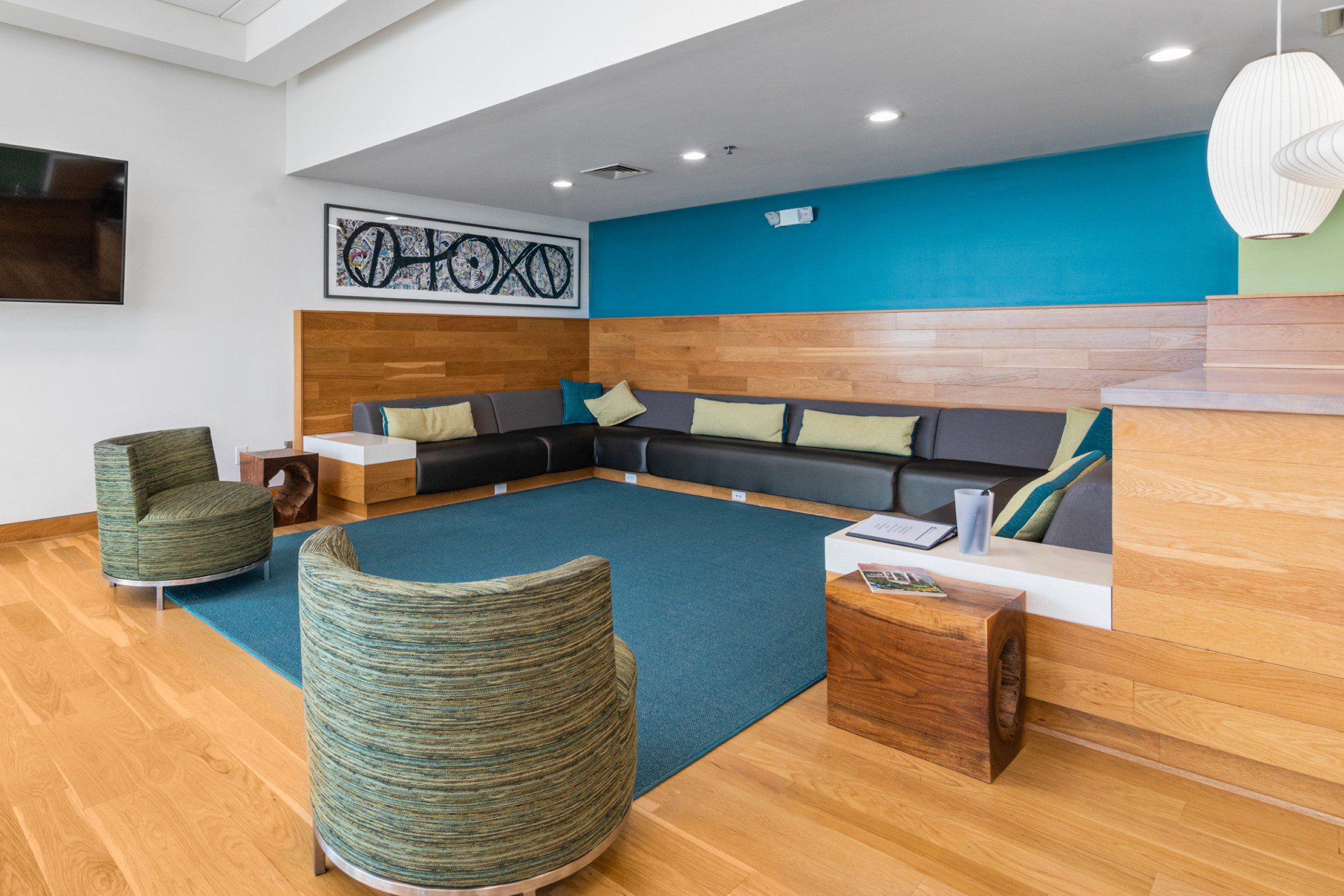
Productivity is essential in evaluating business performance. However, it is also worth noting that productivity isn’t the same as busyness. Productivity often goes hand in hand with efficiency. When people can get more done with less effort, they’re productive. It’s the classic “work smarter, not harder” mindset.
One of the best ways to boost productivity is by finding innovative tools and methods to streamline existing tasks. Unfortunately, there is no shortfall of creative options in the modern, entrepreneurially-focused, tech-driven world. That said, here are some unique strategic solutions that can help improve business performance.
1. Simplify (and unify) marketing solutions.
Software solutions are powerful business tools. They can do an endless number of tasks, from collecting and analyzing data to automating mundane activities.
For all of the benefits, though, software solutions can be a two-edged sword. As a company utilizes more third-party tools, its tech stack grows. When that happens, it’s easy to become inundated with information and notifications.
Fortunately, it’s possible to find the solution within the problem itself. An entirely new generation of tools is starting to emerge that work to reduce complexities associated with technology. In other words, they streamline tech-stack management.
For instance, outsourcing CMO and marketing agency Hawke Media recently released its Hawke AI marketing and analytics solution. The tool provides a dashboard where a brand can funnel data from multiple digital marketing platforms. From there, the software organizes the information into a single view that reveals critical analysis and insights. In addition, the AI tool tracks performance against goals and even utilizes machine learning for predictive analysis of future trends.
Tools like this can help condense the complexities of data and analytics — especially in areas like marketing, where too much dense stat-crunching can hurt creative output. In addition, organizing analytics into a single location avoids wasting time chasing down numbers and creating statistical takeaways. It also avoids the issue of leaving important data unused and lost in a backwater databank on the back end of a company’s tech infrastructure.
2. Control SaaS spend and Shadow IT.
The growing use of tech stacks also leads to many underutilized applications. Each of these is a recurring cost for an organization, regardless of whether they’re optimized.
As companies incorporate a growing number of software solutions into their internal operations, keeping tabs on everything is important. It’s easy to leave applications unused or for one team to use them but not another.
Torii is a startup developing a suite of tools to address SaaS management. Its creators designed the software solution to help businesses get the most out of their tech stack by understanding how each third-party software tool or platform is helping their operation.
For instance, the application addresses Shadow IT by discovering unknown or hidden apps (that aren’t on IT’s radar) within a company’s infrastructure and bringing them into the light. It also tracks SaaS spending and ensures that companies optimize each app for maximum utility. The tool even identifies if a SaaS solution is sufficiently helping an organization or if it can remove the item from its tech stack — and consequently its budget, too.
3. Improve data observability.
Another way to address inefficiencies created by data infrastructure is by improving data observability. Data observability platforms provide key insights into how a company’s internal applications are interacting.
The goal of data observability is to identify blind spots like data silos. These can lead to lower performance, reliability, and data quality — all while increasing cost.
Tools like Databand provide comprehensive data observability even for intricate internal networks. This keeps systems operating smoothly and provides an intimate knowledge of what is happening behind the scenes regarding a company’s data.
In addition, the software solution monitors for risks like data drift and bottlenecks. This allows companies to stay ahead of potential threats. As a result, they can operate from a proactive and preventative position rather than reacting to data concerns when an issue has already developed into a crisis.
Gaining and maintaining control over a company’s data can be challenging. However, suppose a business can use a software solution to restore a sense of control. In that case, it can naturally improve data efficiency, sharpen informed decision-making, and boost productivity in the process.
4. Invest in team building.
In the post-pandemic era, talent is at a premium, and retention is in the spotlight. In response, everyone is talking about upskilling and reskilling existing workers to meet the needs of a company from within. And these are undoubtedly critical aspects of long-term retention.
However, there are other elements of retention that deserve consideration. For example, one of the most overlooked items of the post-pandemic era is team building.
As remote work has taken a foothold in the modern business model, teams are becoming increasingly isolated and disconnected. No matter how skilled an individual may be, it can be challenging to be effective if they aren’t connected to their coworkers.
Companies like Gomada have created solutions that bridge the team-building gap created by online and hybrid work environments. For example, the innovative team-bonding platform provides remote-friendly activities that can help bring teams together.
Some of these focus on general fun and getting to know one another from afar. Others address more significant concerns, like providing support during layoffs or improving communication.
Whatever a business’s work environment may be, leaders must look for ways to bring their teams together. Team building, whether it’s in person or on a computer, improves coworker interactions. It can keep a group on the same page and help them boost productivity on a daily basis.
5. Create standards and guidelines.
As companies operate in a more decentralized manner, the need for organization and oversight is becoming more important. Yet, at the same time, it’s too easy for managers to squelch business performance through micromanaging.
One way to improve productivity without overseeing every activity is by instating clear standards and guidelines to guide an organization. Standards, in this case, refer to quality control, communication protocols, and other rules and regulations that set the tone for a company’s operation. By creating these, a leader can set expectations for behavioral activity without the need to shadow every employee.
Creating guidelines for specific areas of business activity is also a good idea. For instance, if a marketing department has a lot of personnel or works with contractors, a CMO may want to create brand guidelines. This can create consistency throughout the content creation process.
Dropshipping app Oblero points out that good brand guidelines should include basic elements, like logos, typography, and a color palette. It should also provide information about a brand’s voice and tone. That way, whenever someone, either inside a company or out of it, creates something, they can maintain consistency and save time they would have spent asking questions and making edits.
Maintaining peak business performance takes continual effort. So it’s important for leaders to remain aware of the tools they can use to ensure that their enterprises are both efficient and productive. Then, use the solutions above to find ways to improve your business’s performance — all while working smarter, not harder.
5 Innovative and Strategic Solutions for Improving Business Performance was originally published on Calendar.com on Sept. 19, 2022, by Deanna Ritchie. Featured Image Credit: Startup Stock Photos; Pexels.com. Thank you!









